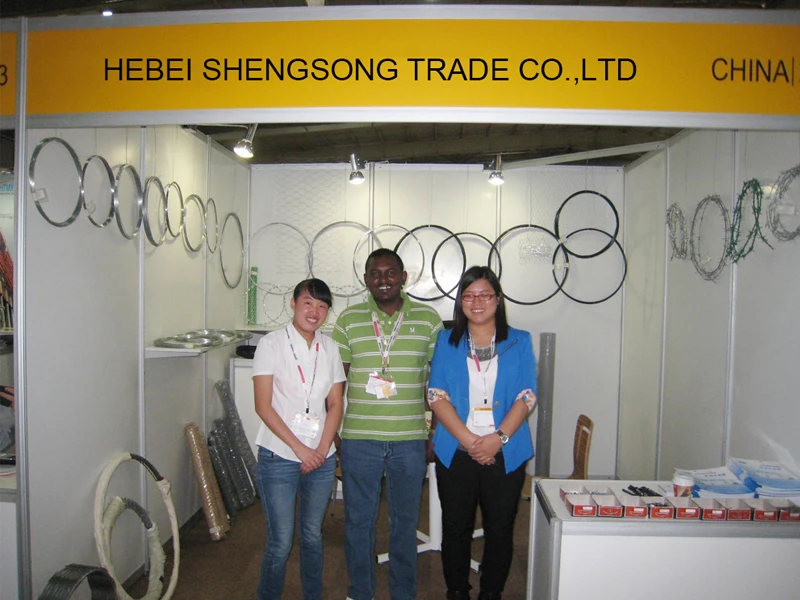The Versatility of Punched Metal An Overview
Punched metal, a material formed by the process of punching holes into sheets of various metals, has become an indispensable component in multiple industries. This technique not only enhances the aesthetic appeal of products but also optimizes functionality, making it a preferred choice for manufacturers across the globe. In this article, we will explore the various applications, benefits, and future trends associated with punched metal.
Understanding the Process of Punched Metal
The production of punched metal involves the use of specialized machinery to create holes in metal sheets, ranging from aluminum and stainless steel to carbon steel. This is achieved through a process called die cutting, where the metal is placed between two dies that, when pressed together, create precisely shaped holes. The holes can be uniform in size or vary according to the intended design. Following the punching process, the metal can undergo additional treatments such as bending, welding, or coating, further enhancing its properties and potential applications.
Applications Across Industries
Punched metal finds its applications in a diverse array of industries. One of the most common uses is in the architectural sector, where it is employed for facades, railings, and decorative elements. The aesthetic flexibility of punched metal allows architects and designers to craft visually striking structures that maintain both safety and functionality.
The automotive industry also heavily relies on punched metal for components such as grills, engine covers, and more. The lightweight nature of punched metal combined with its strength contributes to overall vehicle efficiency and performance. Additionally, in the electronics sector, punched metal is utilized for enclosures and heat sinks, effectively managing heat dissipation and improving device reliability.
Moreover, the manufacturing of filtration systems employs punched metal to create filters that enable efficient air, water, or liquid filtration. The spacing of the holes can be customized to trap specific particles while allowing desired substances to flow through, making it crucial for industries ranging from food processing to environmental management.
punched metal

Benefits of Punched Metal
The advantages of punched metal are numerous. Primarily, the punching process can be performed quickly and efficiently, allowing for mass production without sacrificing quality. Additionally, punched metal can be lightweight yet incredibly strong, which is crucial for applications where weight savings are necessary.
Another significant benefit is the versatility in design. Manufacturers can create intricate patterns and shapes that serve both functional and decorative purposes, making punched metal an attractive option for product differentiation in competitive markets.
Furthermore, costs associated with punched metal production can be lower than other manufacturing processes. Once the initial setup for the punching dies is complete, the scalability of production allows for a reduction in per-unit costs, making it economically viable for large-scale operations.
Future Trends
As technology continues to advance, the future of punched metal looks promising. Innovations such as laser cutting and advanced robotics are enhancing the precision and efficiency of the punching process. This not only broadens the range of applications but also reduces waste and operational costs.
Moreover, the growing emphasis on sustainability is prompting industries to explore eco-friendly materials for punched metal applications. This shift towards sustainable practices may lead to the adoption of recycled metals and the development of processes that minimize environmental impact.
In conclusion, punched metal represents a fascinating intersection of design, functionality, and innovation. Its diverse applications, numerous benefits, and adaptability to future trends make it a material that will likely continue to thrive in various industries. As technology advances and sustainability becomes increasingly important, the versatility of punched metal will undoubtedly play a crucial role in shaping the landscape of modern manufacturing and design.

















